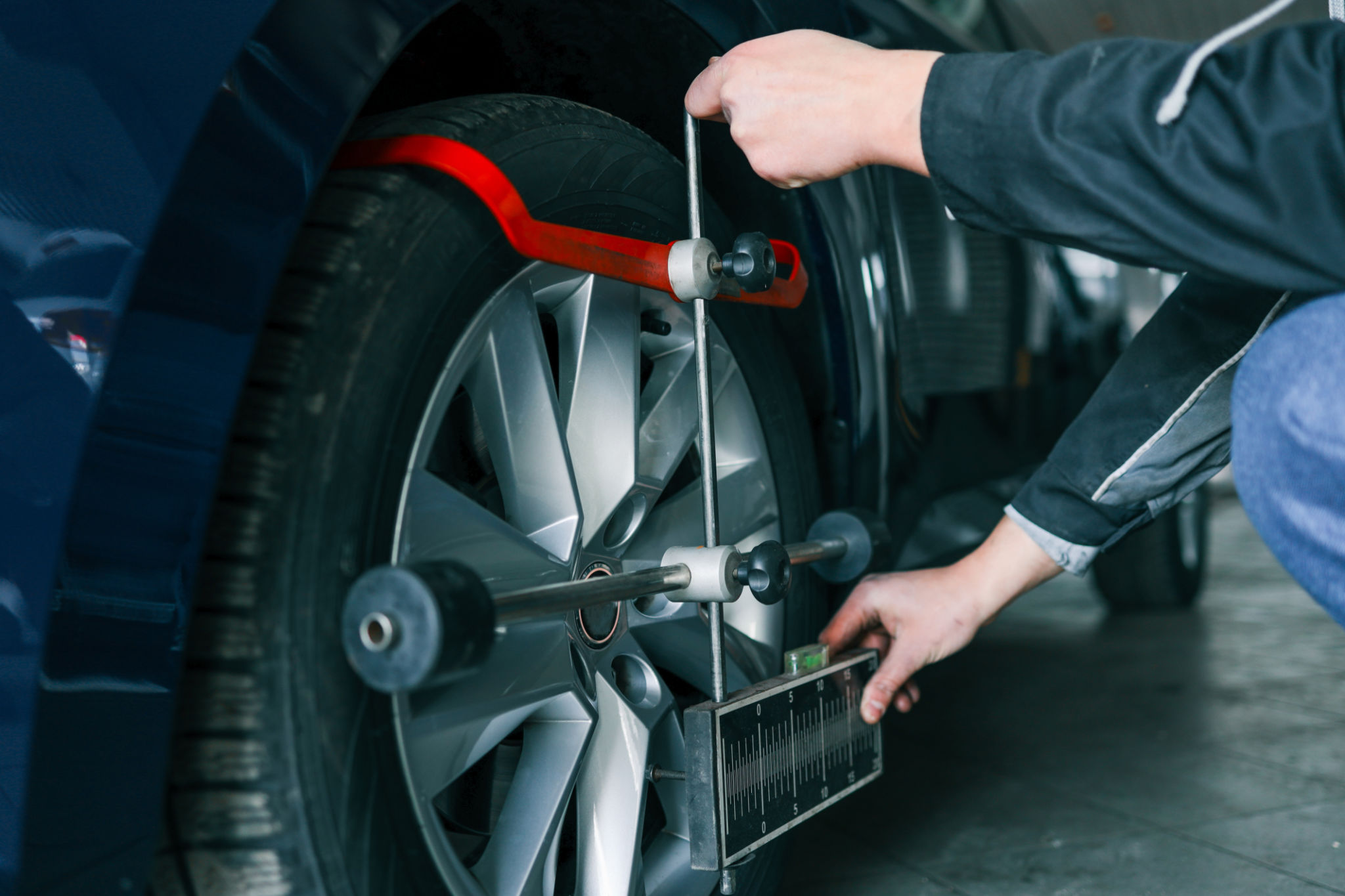DIY Car Maintenance Tips to Avoid Costly Repairs
Regular Oil Changes
One of the simplest yet most effective DIY car maintenance tasks is performing regular oil changes. Keeping your engine oil fresh ensures that your engine runs smoothly, reducing wear and tear. Most vehicles require an oil change every 3,000 to 5,000 miles, but consult your owner's manual for specific recommendations. Skipping oil changes can lead to engine sludge, which may result in expensive repairs.

How to Change Your Oil
Changing your car's oil is straightforward. Begin by gathering the necessary materials: new oil, an oil filter, a wrench, and an oil pan. First, warm up your engine for a few minutes to thin the oil, making it easier to drain. Then, turn off the engine and place the oil pan under the engine's oil pan drain plug. Use the wrench to remove the drain plug and let the old oil completely drain out. Replace the plug, remove the old oil filter, and install a new one. Finally, pour in the new oil as specified by your vehicle's manufacturer.
Tire Maintenance
Proper tire maintenance is crucial for safety and fuel efficiency. Regularly checking tire pressure and tread depth can prevent accidents and extend the lifespan of your tires. Under-inflated tires can lead to increased fuel consumption and even blowouts on the road. On the other hand, over-inflated tires might wear out unevenly.

Checking Tire Pressure
To check tire pressure, you'll need a reliable tire gauge. Unscrew the valve cap on each tire and press the gauge onto the valve stem to get a reading. Compare this reading with the recommended pressure found in your vehicle's manual or driver's side door jamb. Inflate or deflate your tires as needed to reach the correct pressure. Also, don't forget to inspect your spare tire!
Replacing Air Filters
Air filters play a vital role in maintaining your car's performance by preventing dirt and debris from entering the engine. Over time, these filters can become clogged, reducing airflow and efficiency. Replacing air filters is an easy DIY task that can improve fuel economy and prevent engine damage.

Steps to Replace Air Filters
Start by locating your car's air filter housing, which is generally found near the engine. Open the housing and remove the old filter. Insert the new filter in its place, ensuring it's seated correctly before closing the housing. This process should only take a few minutes but can greatly affect your engine's performance.
Battery Maintenance
A well-maintained battery is essential for ensuring that your car starts reliably. Corrosion and loose connections can cause battery failure, leading to costly replacements or inconvenient breakdowns. Regularly checking your battery can help you avoid these issues.

Cleaning Battery Terminals
To clean your battery terminals, first ensure the engine is off and you're wearing protective gloves. Use a wrench to disconnect the negative terminal followed by the positive terminal. Clean both terminals using a mixture of baking soda and water applied with a wire brush. Rinse with water and dry thoroughly before reconnecting. Ensure the connections are tight to maintain good electrical contact.
Inspecting Belts and Hoses
Belts and hoses are critical components of your vehicle's operation, driving essential systems like the alternator, air conditioning compressor, and power steering pump. Over time, they can develop cracks or leaks, potentially leading to system failures.
Checking for Wear and Tear
Regularly inspect belts for signs of cracking or fraying and replace them if necessary. For hoses, look for leaks or bulges that might indicate pressure problems. Replacing worn belts and hoses before they fail can save you from more costly repairs down the road.